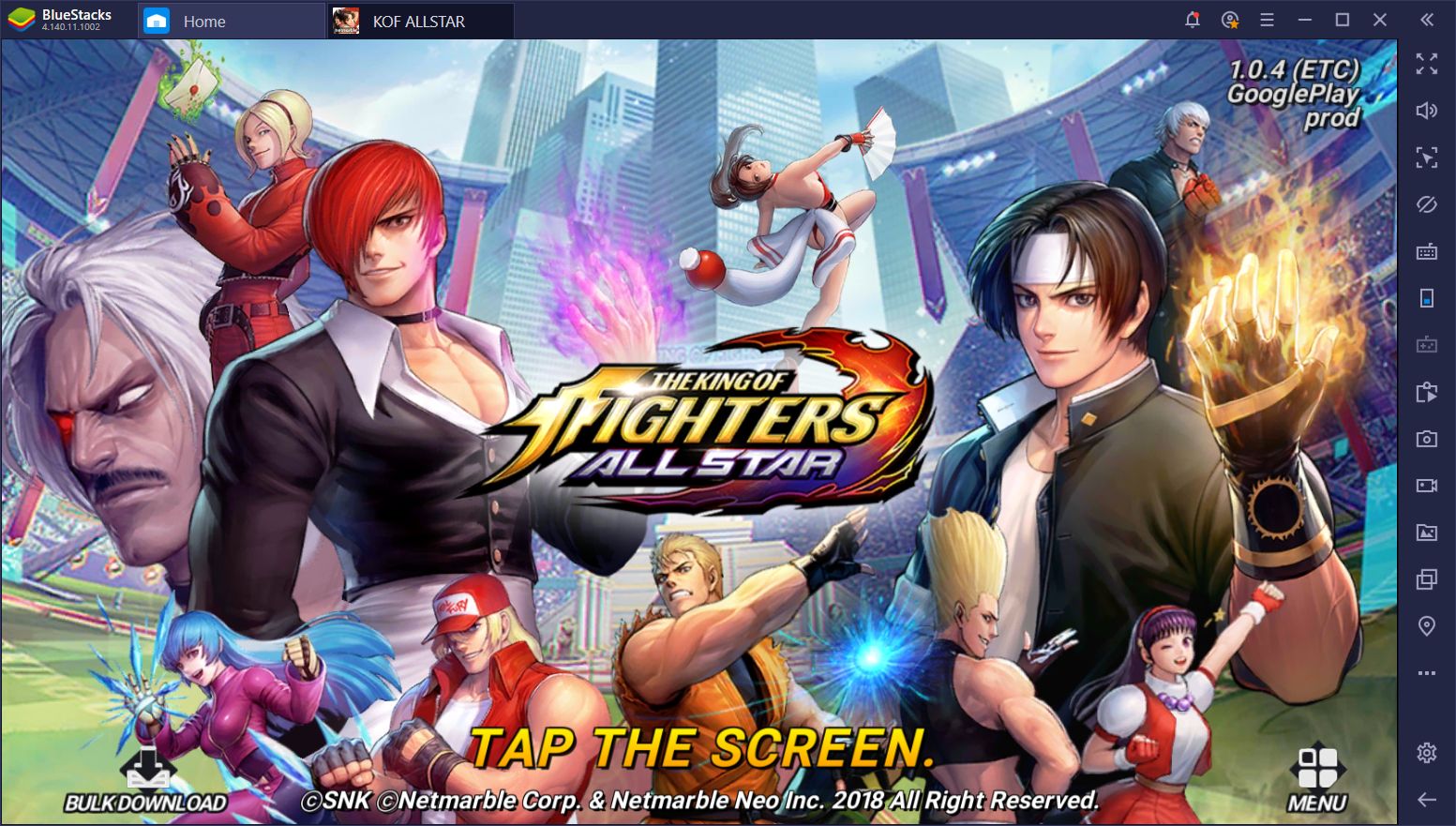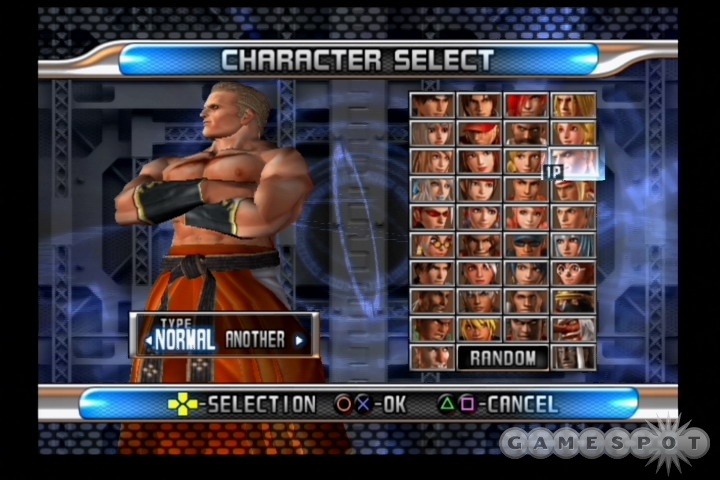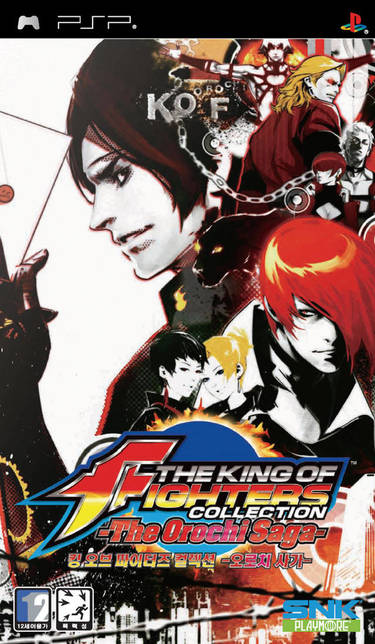

Though Oda and Ogura were not part of the initial team, they talked us through some early design documents to look back at how things began. Only three years after Fatal Fury, the Neo Geo’s first head-to-head fighting success, SNK began to pay tribute to itself, releasing a game that stewed together popular characters from past and current franchises: The King of Fighters ’94. SNK used this sketch in early design documents to show what King of Fighters ’94 would look like. So, in that sense, there was a type of rivalry, but at that end of the day, we didn’t care how well the games sold. So, if you’re wondering if there was a sort of rivalry between teams - like, Oh, we want to sell the most units, or in terms of game quality was there any sort of rivalry - what came out was that in terms of quality, each section wanted to make a game that had a better sense of quality than the other games coming out at the same time. But mostly we were separate entities working under the same roof at SNK, but not necessarily on the same team. In between our groups, we would share team members, like, Oh, we need someone to help out with sound, or, We need someone to help out with sprite work. And on top of that, you had Metal Slug, which, again, was a separate entity. Outside of that, though, was the King of Fighters series, which was a separate entity, and you had the Samurai Shodown series, which was a separate entity. We shared work together, shared staff together, collaborated together, worked on some of the same things. Oda: You brought up the word “rivalry.” It was kind of difficult, because you had Fatal Fury, Art of Fighting, Last Blade, and Kizuna Encounter/Savage Reign all being made by the same division of SNK, right? So we worked together on a lot of things. Were those internal teams competitive with each other? Were there any rivalries? You were both initially working for different teams. It wasn’t anything like it is today, which is more rigid. So everything was laid back and it was a fun atmosphere. Everybody was young in their 20s, in their prime. But we had a lot of fun.Įisuke Ogura: Yeah, it was really fun at that time.

You can kind of see a glimmer of what it’s like nowadays at indie game studios, where you put everything you have into a game. You’ll see this with a lot of other companies, but it was quite normal to spend the night at the office if you needed to. And at the time, Japanese law was not as strict there weren’t so many regulations. It wasn’t anything like what they have now. Yasuyuki Oda: When I first joined SNK, the first thing I noticed was that the building was quite small. Can you give us some perspective on what the office was like at the time? Polygon: I read that both of you were hired in the mid-’90s, during the height of SNK’s early fighting game output. In those early days, the two saw the company evolve rapidly in real time. Three years later, Ogura started as an illustrator and animator for the Fatal Fury franchise before moving to the King of Fighters team. Hired in 1993, Oda started as what you might call a utility infielder, debugging games and working as an animator on Art of Fighting 2, before moving to varying roles on other projects. Currently, Oda oversees SNK’s fighting game lineup, while Ogura is the creative director of SNK’s upcoming King of Fighters 15. Both began at SNK in the mid-1990s, and have seen the company through a number of ups and downs, each leaving and then returning to SNK.
#King of fighters games series#
To look back at how the series began and has evolved, I recently spoke to two of the current stewards of the franchise, Yasuyuki Oda and Eisuke Ogura.

Even in SNK’s darker years, though, King of Fighters remained as the enduring franchise from a once-prolific studio. Started in 1994 as an all-star mashup of characters long before the likes of Nintendo’s Super Smash Bros., King of Fighters remained an annual concern until 2003, when the franchise began adding Roman numerals to its titles and taking breaks between main entries, but only to give breathing room to its spinoffs. 2000’s bankruptcy, however, brought dramatic change, as SNK began cyclical periods of acquisition and rebuilding.įor that past quarter century, like a boulder on the stormy oceanside, the one constant has been King of Fighters. A prolific arcade and home console publisher in the 1980s, the company then unified arcade and home development with the Neo Geo hardware, leaning hard into the fighting game boom of the 1990s. Bought, sold, reshuffled, and realigned, SNK has been in flux for nearly 25 years.


 0 kommentar(er)
0 kommentar(er)
